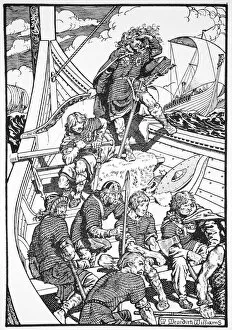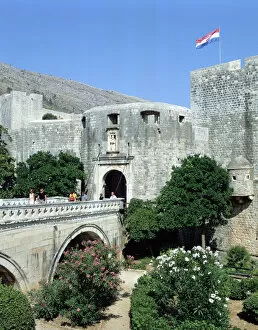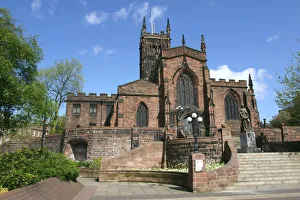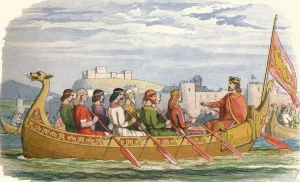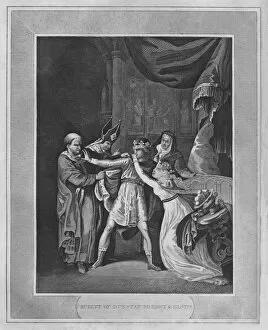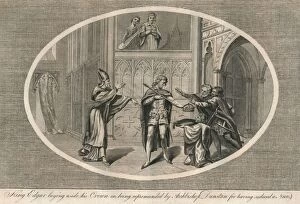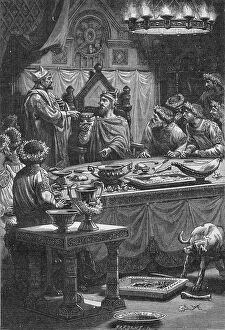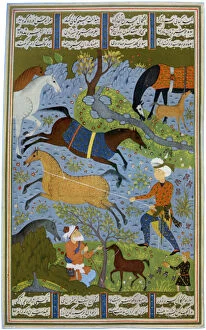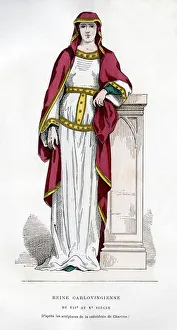Tenth Century Collection (page 18)
The tenth century was a time of great historical significance, marked by various events and cultural developments
All Professionally Made to Order for Quick Shipping
The tenth century was a time of great historical significance, marked by various events and cultural developments. One notable figure from this era was St Dunstan, the Archbishop of Canterbury, whose influence can be seen in a coloured engraving depicting him. Another glimpse into the past comes from the dynasties that ruled during the time of the Buwayids, as depicted in a captivating image created by Emery Walker Ltd. Intriguing tales also emerge from this period, such as the legendary encounter between St Dunstan and the devil in 1826. This story showcases both religious beliefs and folklore prevalent at that time. An Anglo-Saxon map dating back to the tenth century provides us with insights into geographical knowledge and cartography practices of that era through an intricate engraving. Royal affairs are not forgotten either; Edwy and Elgiva's mid-19th-century portrayal sheds light on their relationship during this epoch. Additionally, we catch a glimpse of Buddhist artistry through depictions like the seated Lohan statue from 907-1125 AD or a figure of Guanyin from Northern Song Dynasty (AD 960-1127), showcasing spiritual devotion prevalent during these times. Furthermore, we explore different aspects of life through diverse artifacts like a silver Viking disc-brooch imitating Byzantine coinage possibly originating in York or a Buddhist chaitya made of sandstone dating back to mid-10th century AD. Lastly, we delve into feudal society with "The Ceremony of Feudal Service" captured in an unknown artist's work from c9th-10th century. This painting gives us insight into social structures and customs observed during those times.











